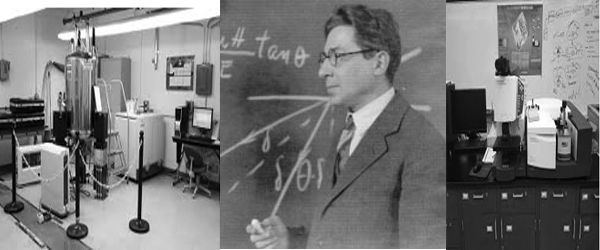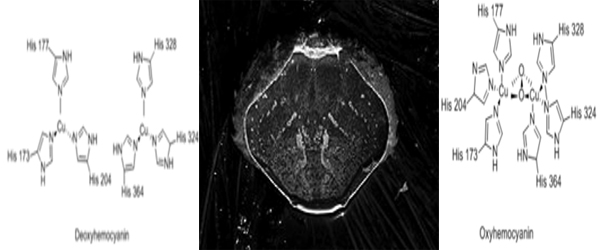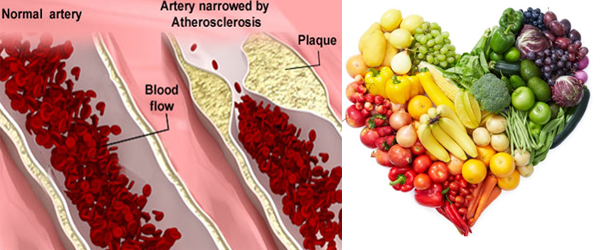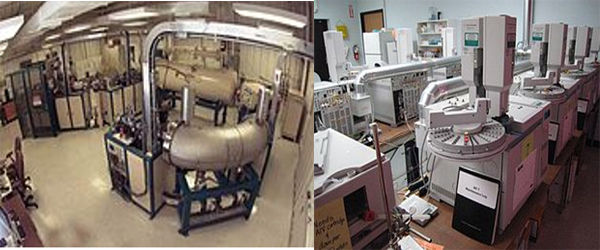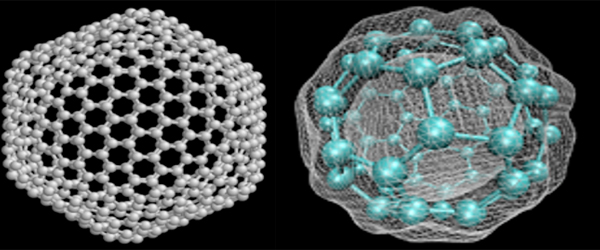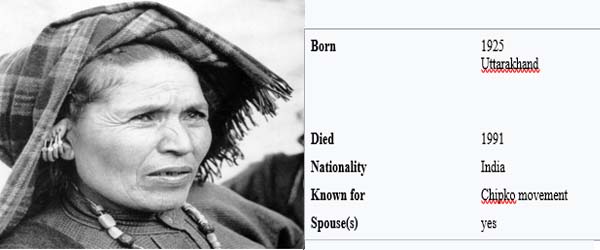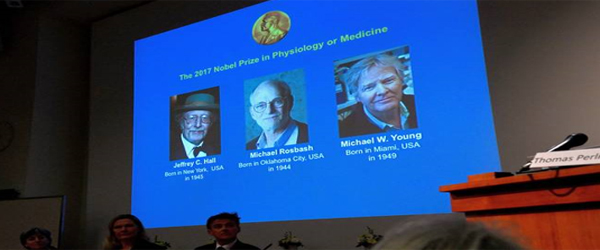Benefits Of Raw Honey For Health
Benefits Of Raw Honey For Health What is raw honey? It’s a pure, unfiltered and unpasteurized sweetener made by bees from the nectar of flowers. Most of the honey consumed today is processed honey that’s been heated and filtered since it was gathered from the hive. Unlike processed honey, raw honey does not get robbed […]
Benefits Of Raw Honey For Health Read More »



